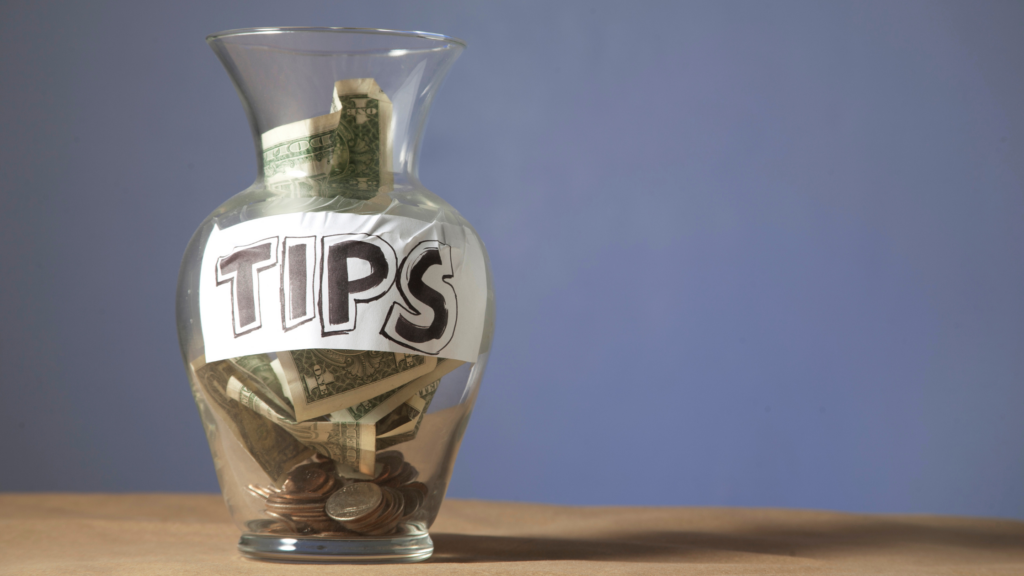Tipping can be downright awkward these days, which a recent article with tips on tipping made abundantly clear. You could be in a bakery where patrons don’t normally tip or other place where there’s no mechanism for tipping, even though the option is now nearly ubiquitous at the point of sale in the form of a digital tip jar. Or you even may be faced with having to tip prior to receiving a service. All of the above recently happened to me. I was at a FedEx Office where the clerk put together a box, scanned three different places and had to find something on a computer, but I could not find anywhere to tip him.
I also went to a Dunkin Donuts where all the person had to do was pour coffee into a cup and hand it to me, which took just a few seconds. Yet before I even got the coffee, I was asked about a tip when paying with my credit card. This is the new checkout trend, which started right before the pandemic and then gained traction. Customers are overwhelmed by the number of places where they now have an option to tip and everybody’s feeling pressure about whether to add a gratuity. Some belief it’s a moral obligation, while others are barely making ends meet in the face of serious inflation.
Another issue to consider is how much should you even tip? It’s entirely subjective and varies across industries. There’s no central authority that establishes norms about tipping. In the hospitality industry where my staffing company primarily employs people for gig work, it’s customary to tip when they go above and beyond. These workers are most deserving of tips because they are effectively their own business owner and don’t receive benefits in most cases like full-time employees. Plus, they may work crazy hours or have to cobble together several gigs to pay bills.
